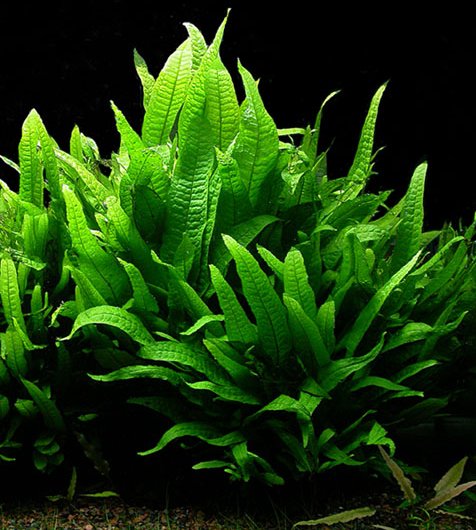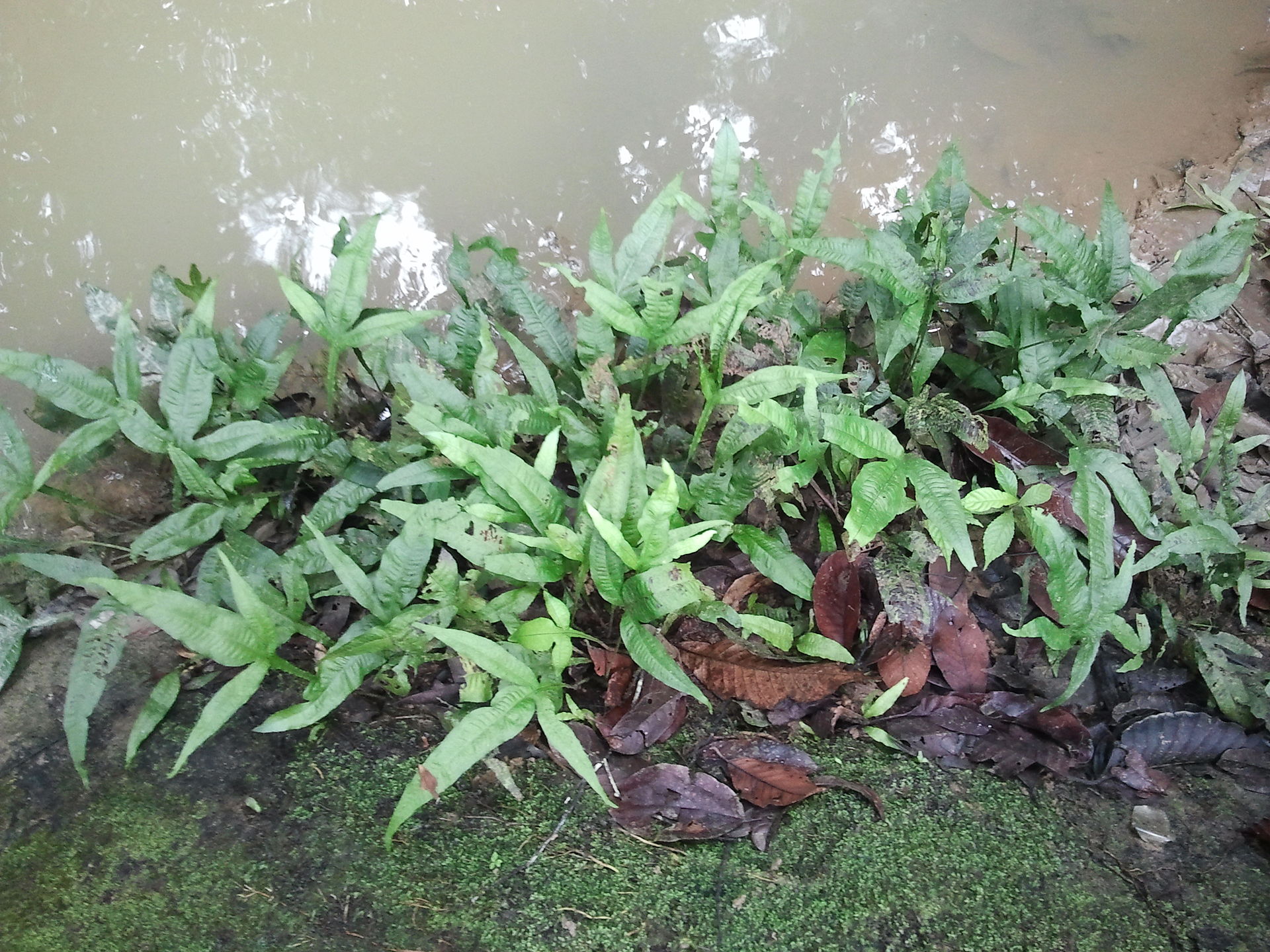How to Fix Melting in Java Fern Plants
Posted by Miles Harrison on 1/12/2023
We use affiliate links and may receive a small commission on purchases.
Java Fern is a popular aquarium plant and is often the first aquatic plant purchased by beginners. However, it can be disappointing when these plants die or become diseased despite being marketed as easy to care for.
When these plants are suffering, they look as if their leaves are melting away. Luckily, fixing melt in java fern is straightforward. In this post, we’ll recommend causes, solutions, and what to do with the melted plant leaves.
January's Giveaways on Light Fish
Species Summary
Java Fern (scientific name: Leptochilus pteropus) is a fern plant that hails from the island of Java. The plant can be found throughout southeast Asia, where it grows in tropical climates along the banks of rivers and streams. These plants have a unique growth structure, characterized by a rhizome, also known as a creeping-root stalk, from which stems and root systems emerge.
Many new hobbyists, or those new to plant keeping, may mistakenly bury the rhizome of a Java Fern plant, thinking it to be the root system. However, it is crucial to remember that the rhizome should not be buried. Instead, the plant should be attached to an object using a fishing line or positioned in a way that keeps the roots and rhizome exposed in the water column. Java Ferns obtain their nutrients through this root system, and burying the rhizome can lead to necrosis and die-off.

Melting Causes
Necrosis, commonly known as melting, is a process that occurs in unhealthy plants, both aquatic and terrestrial, and is often the first visible indication of a plant's poor health.
Once melting occurs in Java Fern plants, their leaves cannot regenerate, but it is possible to trim off any damaged leaves near the root crown and take steps to prevent the plant from melting in the future.
To solve melting in Java Fern, we’ll need to check off any potential causes, we’ll use the process of elimination to find the culprit.
Too Much Light
Too much light is the number one cause of melting in Java Fern plants. Too much light can occur in one of two scenarios. The light intensity is far too bright, or the lights are left on for too long of a duration.
Too much light is often correlated with an algae outbreak, so if you notice a lot of algae forming, it’s possible that lighting is your issue.
Luckily, this is an easy problem to fix with java fern, since the plant doesn’t require much light. Set your lights to the lowest level of intensity possible if they’re adjustable, and run your lighting period for no longer than 6 hours a day.
Monitor your plant under this new lighting schedule. If you’re not noticing any signs of melting, you can slowly increase the light intensity or duration.
Not Enough O2
It’s important to have oxygen continuously being dissolved into your water column. Plants such as Java Fern use oxygen for photosynthesis, and if the surface of your aquarium is completely still, you’ll run into problems rather quickly.
In most cases, a HOB (hang-on-back) filter, creates enough surface agitation to provide your plants with enough oxygen. But for hobbyists that use canister filters, you’ll want to make sure that you have enough surface agitation.
Aim for a nice ripple across the surface, if your filter isn't strong enough, you can supplement your flow with a powerhead or surface skimmer .
Lack of Nutrients
In most cases, waste from your tank inhabitants provides enough nutrition for a java fern plant. However, if your lights are on for too long, or they’re too bright, you will need to supplement nutrients so that your plants stay healthy.
KNO3 and KH2PO4 are the most important compounds for your aquatic plants, and you can dose these nutrients directly, or you can purchase liquid fertilizers such as Flourish .
If you don’t want to purchase fertilizer, reduce your lighting period and light intensity.

Improper Planting
Remember how we mentioned Java Fern is a rhizome-based plant at the beginning of this article? Many aquarists accidentally bury their rhizomes, making improper planting a common issue for java fern owners.
You’ll want to position your java fern so that its roots are completely exposed, you can use fishing line to make the process easier. Once the roots have naturally wrapped themselves around the hardscape in your aquarium, you can remove the fishing line, as the fern should have successfully anchored.
If you notice the roots are damaged (they’ll be a translucent-brown color) you can either trim off the damaged roots or wait for them to detach from the plant.
Trimming damaged parts of a plant is always beneficial since the plant can divert its resources towards developing new healthy leaves.
Transition Period
When introduced into an aquarium, it’s common for plants to experience some die-off. With some plants, such as dwarf hairgrass, you’ll see the plant turn pale-yellow before it adapts to its new environment.
The same can be true for Java Fern. If you’ve recently purchased this plant, give it about a month or so to adapt to your tank’s water conditions. In many cases, you’ll start to see it growing new healthy leaves, and you can trim back any of the older damaged leaves.
Improperly Trimmed
If you’ve noticed algae growing on your java fern’s leaves, you may have attempted to trim the portion of the leaf that’s being affected by algae growth.
Unfortunately, for a fern plant such as Java Fern, the leaf will not regrow itself at the trimming, and the entire leaf may melt away. Always trim Java Fern near the root crown, otherwise, you’ll end up with damaged, unsightly plant leaves.
Conclusion
Now that we’ve covered all of the possible causes, you should be well-equipped with the knowledge needed to prevent melting in your java fern plant.
Don’t be discouraged if it takes some time to correct any of the potential causes. Java Fern is a slow grower, but it’s an undemanding plant that, when given proper conditions, rewards the hobbyist with its beautiful simplicity.
If you’ve experienced Java Fern melting before, let us know in the comments below, and be sure to check out our marketplace and community forum where you can meet and shop with other planted tank enthusiasts.
January's Giveaways on Light Fish


